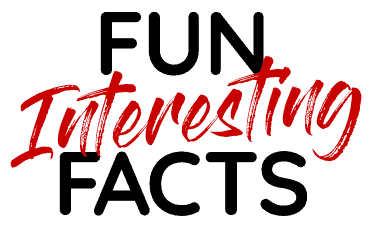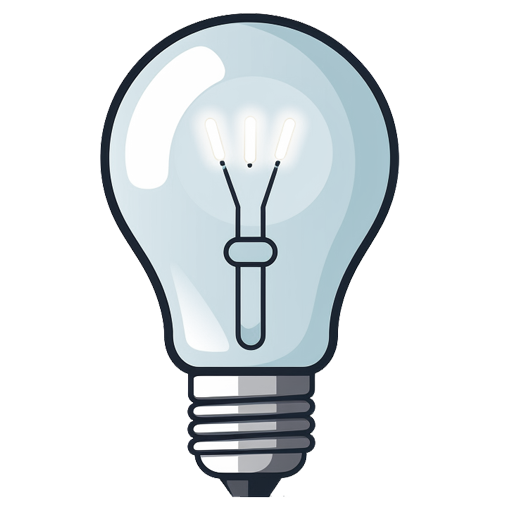In this article about muscular system fun facts, you’ll learn that the muscular system is made up of over 600 muscles that allow us to move, smile, breathe, and go about our daily lives. This complex network of muscles works together to power all of our bodily functions. Beyond just movement, the muscular system also plays a role in circulation, digestion, exercise, and much more.
Go ahead and delve into some quirky and fascinating muscular system fun facts you may not know. From how much weight your jaw muscle can lift to why hiccups happen, read on to uncover weird and wonderful trivia about this essential body system.
#1 – There are three types of muscle tissue in the body.
The muscular system contains three distinct types of muscular tissue: skeletal muscle, smooth muscle, and cardiac muscle. Skeletal muscles control voluntary, conscious movements like walking or throwing a ball. Smooth muscles operate involuntarily to control organs and vessels, like the stomach and arteries. The cardiac muscle powers the rhythmic contractions of the heart.
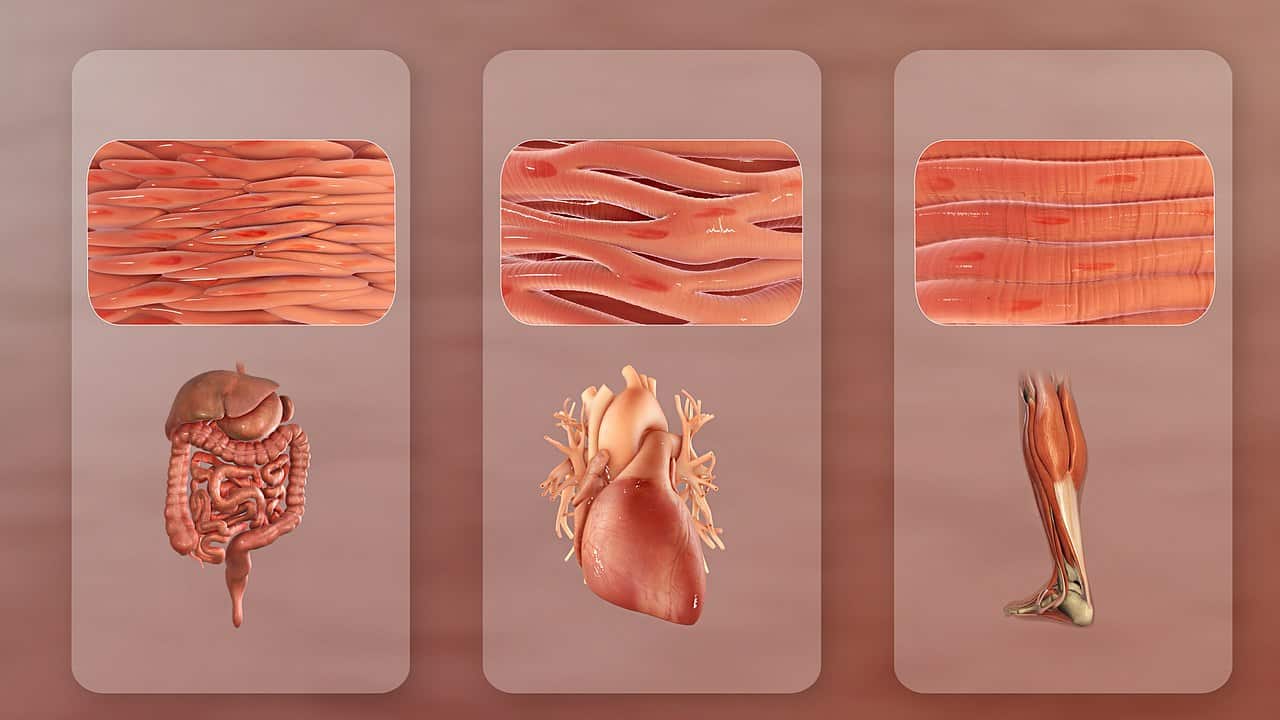
#2 – The strongest muscle is the masseter in your jaw.
Measuring strength by how much weight can be lifted, the masseter muscle in your jaw is the most powerful muscle in the whole body. Used for biting and chewing, this muscle can clamp the teeth shut with a force of up to 200 pounds! That’s more powerful than your biceps. So think twice before challenging someone to a jaw-strength contest.
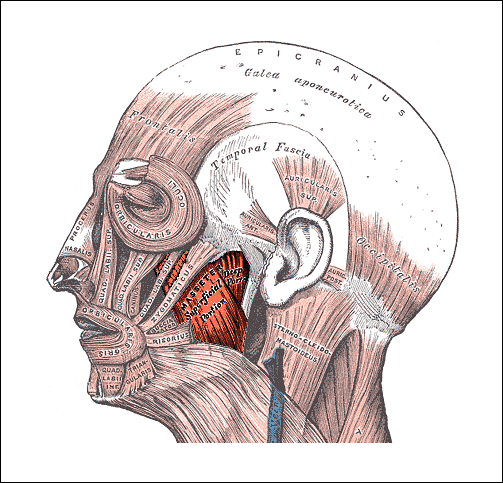
#3 – You have over 30 facial muscles.
Here are some more muscular system fun facts: your face contains more than 30 individual muscles that allow you to make over 10,000 facial expressions. From frowning and smiling to winking and wrinkling your nose, these highly coordinated facial muscles let you convey countless emotions. No wonder people come away from comedy shows feeling good – they are putting dozens of muscles to work!
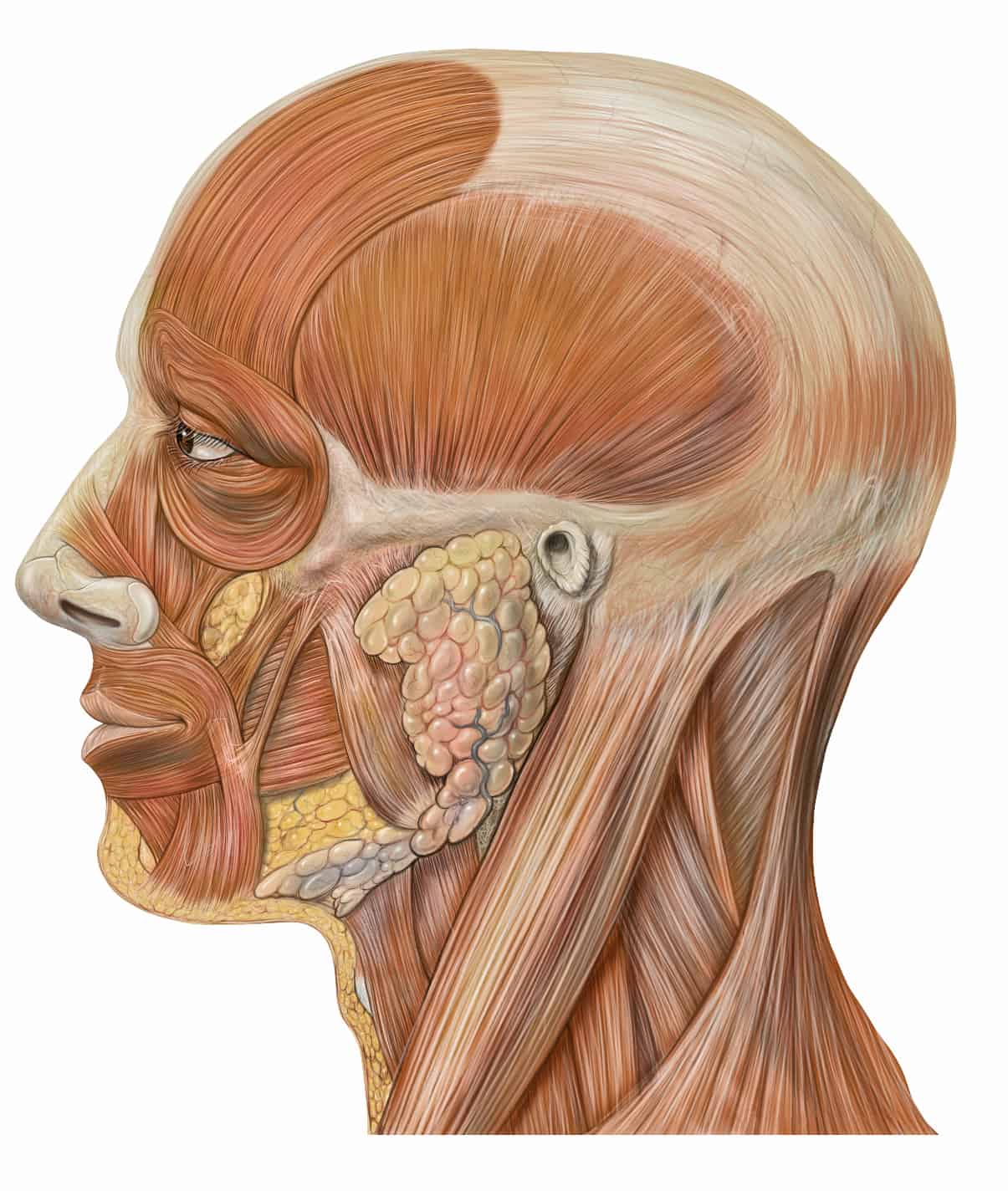
#4 – The smallest muscle is the stapedius in the ear.
The stapedius is the smallest skeletal muscle in the human body. This tiny muscle, only a few millimeters in length, attaches to the stapes bone in the middle ear. It helps dampen the vibration of loud sounds, protecting the inner ear. Without it, we would be overwhelmed by the volume of our own voices and would likely go insane.
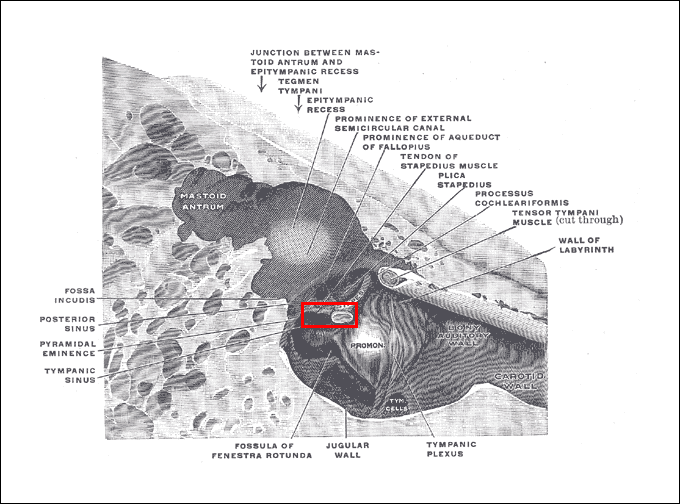
#5 – Muscles make up around 40% of your body weight.
Since we’re talking about muscular system fun facts: Skeletal muscle makes up nearly 40% of your total body weight. A 150-pound person carries around 60 pounds of muscle! No wonder building strength requires patience – that’s a lot of muscle mass to grow. The muscles with the greatest mass are in the legs, like the quadriceps and glutes.

Keep reading below for more interesting quirks and muscular system fun facts!
#6 – The strongest muscle contraction is in the eye.
The extraocular muscles that control eye movement are 100 times more powerful than larger body muscles of the same size. They are very strong in terms of force per unit area, meaning they can generate a lot of tension with a small cross-sectional area. These tiny eye muscles contract with incredible force, allowing us to shift our gaze quickly. Their strength lets us rapidly scan and process visual information.
Other muscles may be stronger in terms of absolute force or endurance, but for the most bang for your buck, choose the eye!

#7 – Heart muscles contract over 3 billion times in an average lifetime.
The cardiac muscle cells of the heart contract an astounding 3 billion times during a typical lifespan. Or, 60 to 100 times per minute at rest, which adds up to about 100,000 times per day or 37 million times per year. Pumping tirelessly, day and night, these muscles drive blood throughout the body delivering oxygen and nutrients. Pretty amazing considering that the heart muscle never gets a break!

#8 – 50% of your muscles are in your back and legs.
Since the major role of muscles is body movement, a lot of the skeletal muscles are concentrated in the limbs – 50% in the legs and back combined. Big powerful muscles like the glutes, quadriceps, hamstrings, and calves in the lower body provide the force for standing, walking, running, and jumping. The trunk of the body contains about 25%, and the head and neck contain about 10%. The remaining 15% are distributed among the arms and hands.
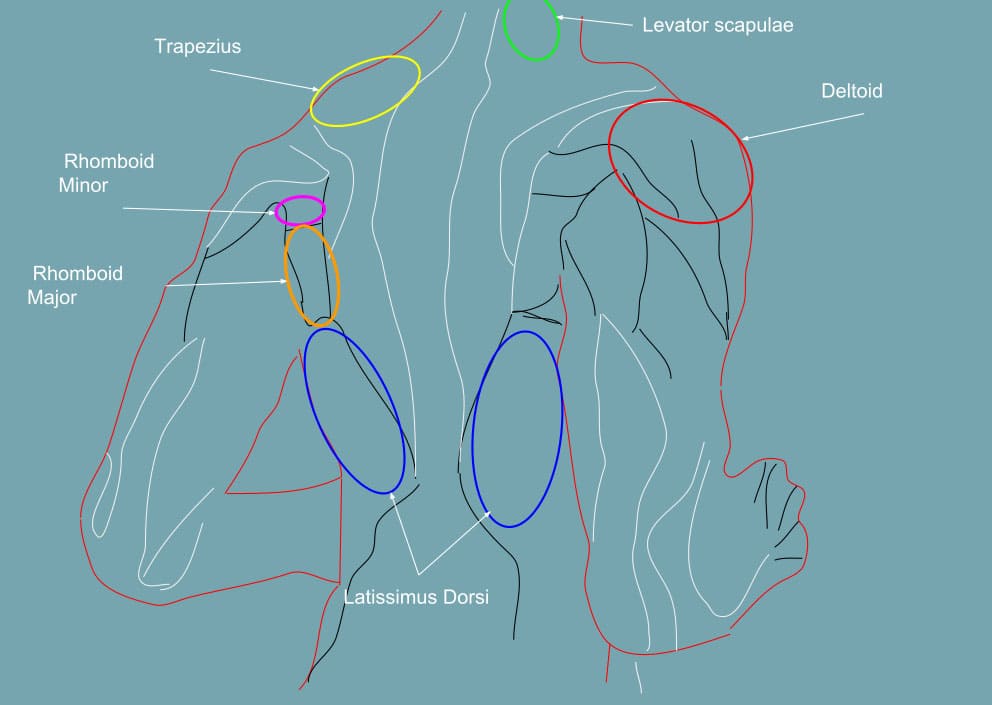
#9 – Hiccups are caused by contractions of the diaphragm muscle.
Hiccups are involuntary spasms of the diaphragm, the large muscle that separates the chest cavity from the abdomen. Irregular, sudden contractions of the diaphragm cause the “hic” sound. While annoying, hiccups are typically harmless.
Hiccups can be triggered by various factors, such as eating too much or too fast, drinking carbonated or alcoholic beverages, swallowing air, experiencing stress or excitement, or having certain medical conditions. Though there are many folk remedies, simply waiting for them to subside is usually the best medicine.

#10 – Muscular system fun facts: Your tongue has 8 muscles.
The tongue contains 8 separate muscles that allow for intricate movements needed for speech and swallowing. This group of muscles enables the tongue to move in nearly every direction, twist, curl, and contort into various shapes inside the mouth. Their coordinated actions are what enable us to eat and articulate words.

#11 – Exercise helps muscles become stronger through increased blood flow.
Exercise triggers increased blood circulation, delivering more oxygen and nutrients that feed muscles. This helps them adapt and become bigger and stronger over time. However, blood flow alone is not enough to make muscles stronger.
Exercise also causes microscopic damage to the muscle fibers, which stimulates the body to repair and rebuild them with more protein. Building muscle requires gradually increasing the intensity of workouts to spur growth. But don’t discount cardio and other exercises to get that blood flowing!
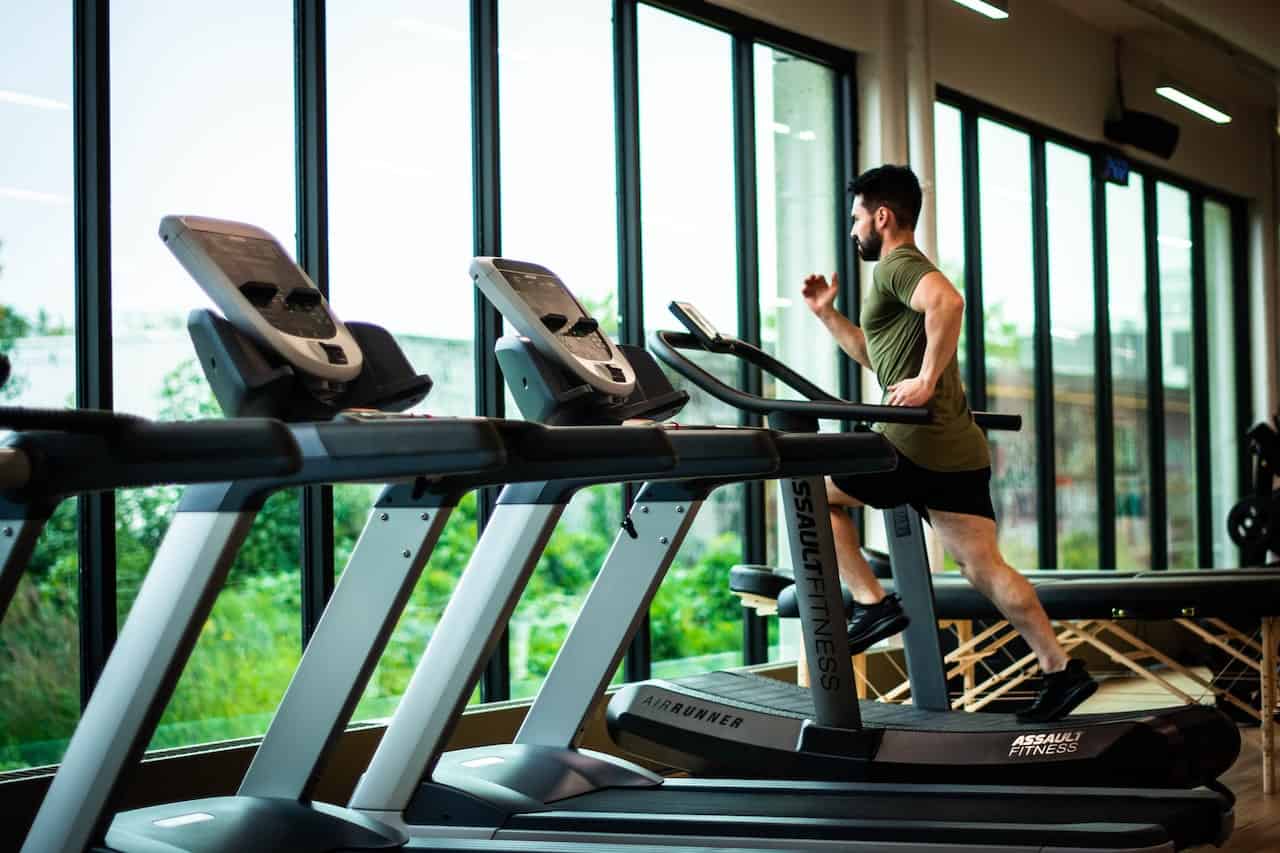
#12 – Skeletal muscles work in pairs as agonists and antagonists.
Skeletal muscles work by flexing and extending joints. Muscles that cause a joint to flex are called agonists. Antagonists cause the opposite motion by straightening a flexed joint. These pairs of muscles provide the controlled, balanced movements of the body. For example, the biceps and triceps work as agonists and antagonists to bend and straighten the elbow.
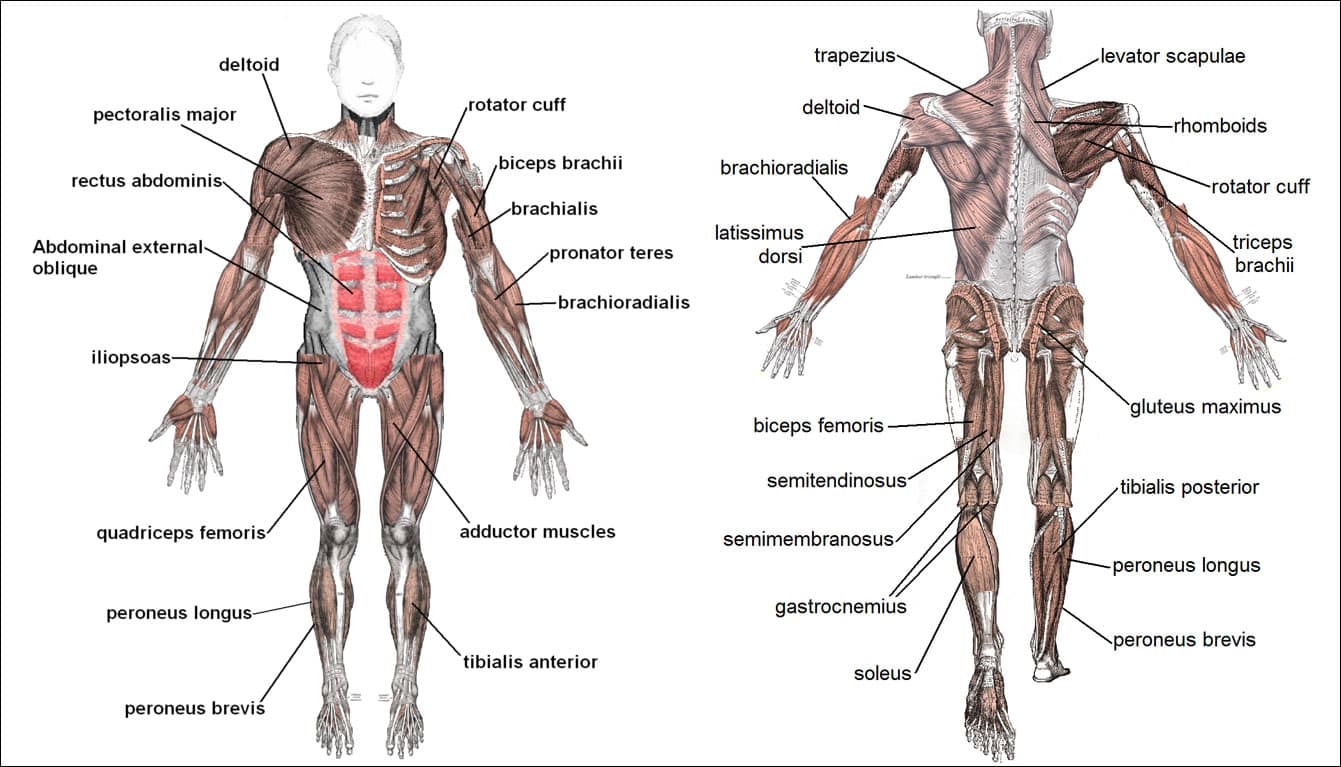
#13 – Nerves control muscles through electrical signals.
Muscles contract when stimulated by electrical signals sent from motor neurons. These nerve cells connect to bundles of muscle tissue called fibers. When a neuron fires, it releases acetylcholine chemicals that tell the muscle fibers to shorten their cells and generate force. This process is called muscle contraction and generates force or movement. A network of sensory neurons provides feedback to the brain on muscle tension.
#14 – Smooth muscles push food through 20 feet of intestines.
Not to be gross, but the digestive system uses smooth involuntary muscles to rhythmically contract and relax to break down food and propel it through the intestines. Altogether your small and large intestines measure over 25 feet long! Without coordinated contractions of digestive muscles, which happen automatically, digestion would not occur.
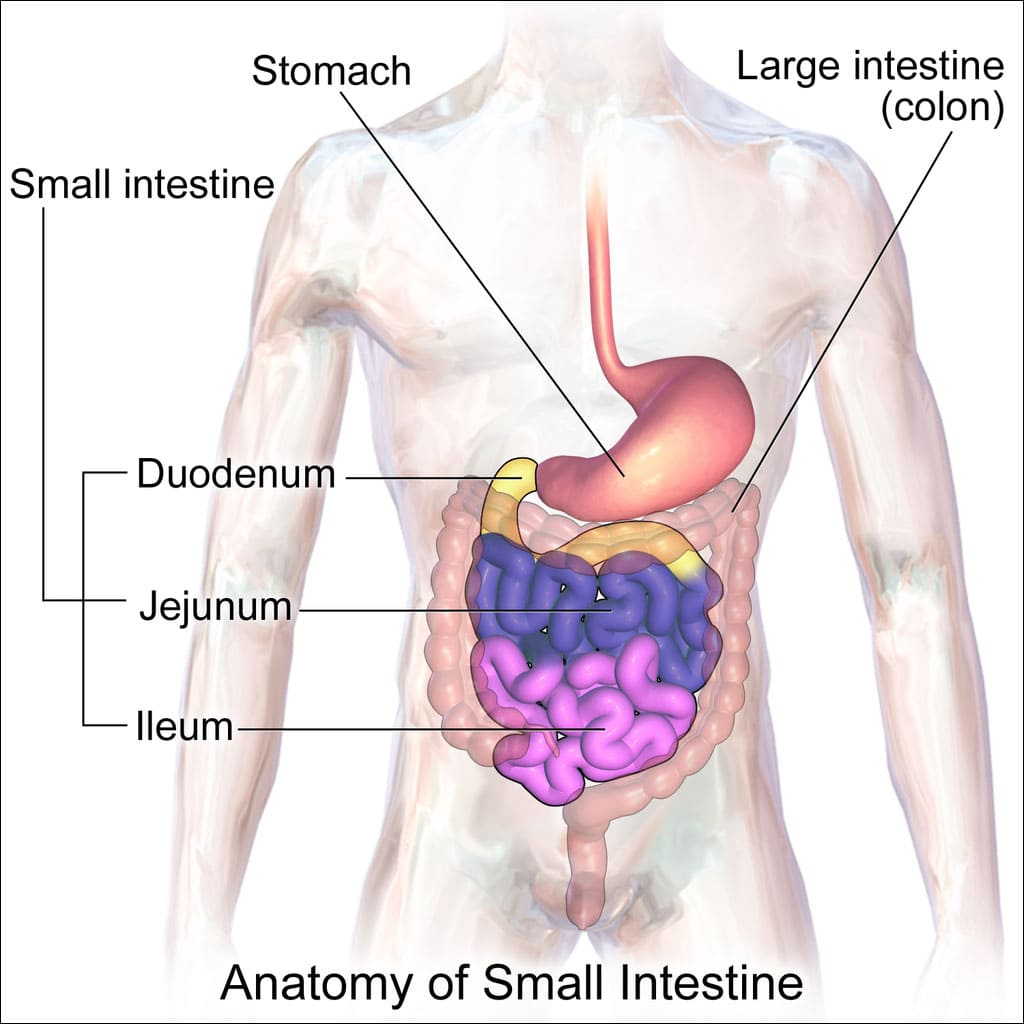
#15 – Rigor mortis occurs when muscles stiffen after death.
Following death, ATP energy production halts causing muscle fibers to tense up and stiffness to occur. This rigor mortis sets in a few hours after death and peaks around 12 hours as the muscles become fixed in contracted positions. It fades a couple of days later as proteins start decomposing. This grim fact proves just how instantly muscles require energy to function.
#16 – Sleep paralysis occurs when the muscle paralyzer remains active after waking.
During REM sleep, the brain paralyzes the skeletal muscles to prevent acting out dreams. This inhibition is mediated by a neurotransmitter called glycine, which acts as a “muscle paralyzer”.
Sometimes, when we wake up from REM sleep, our brain remains in a dream-like state while our body is still paralyzed by glycine. This can cause us to experience hallucinations, such as seeing or feeling a presence in the room, or feeling unable to breathe or move. This scary experience of sleep paralysis eventually fades as the muscles regain voluntary control.
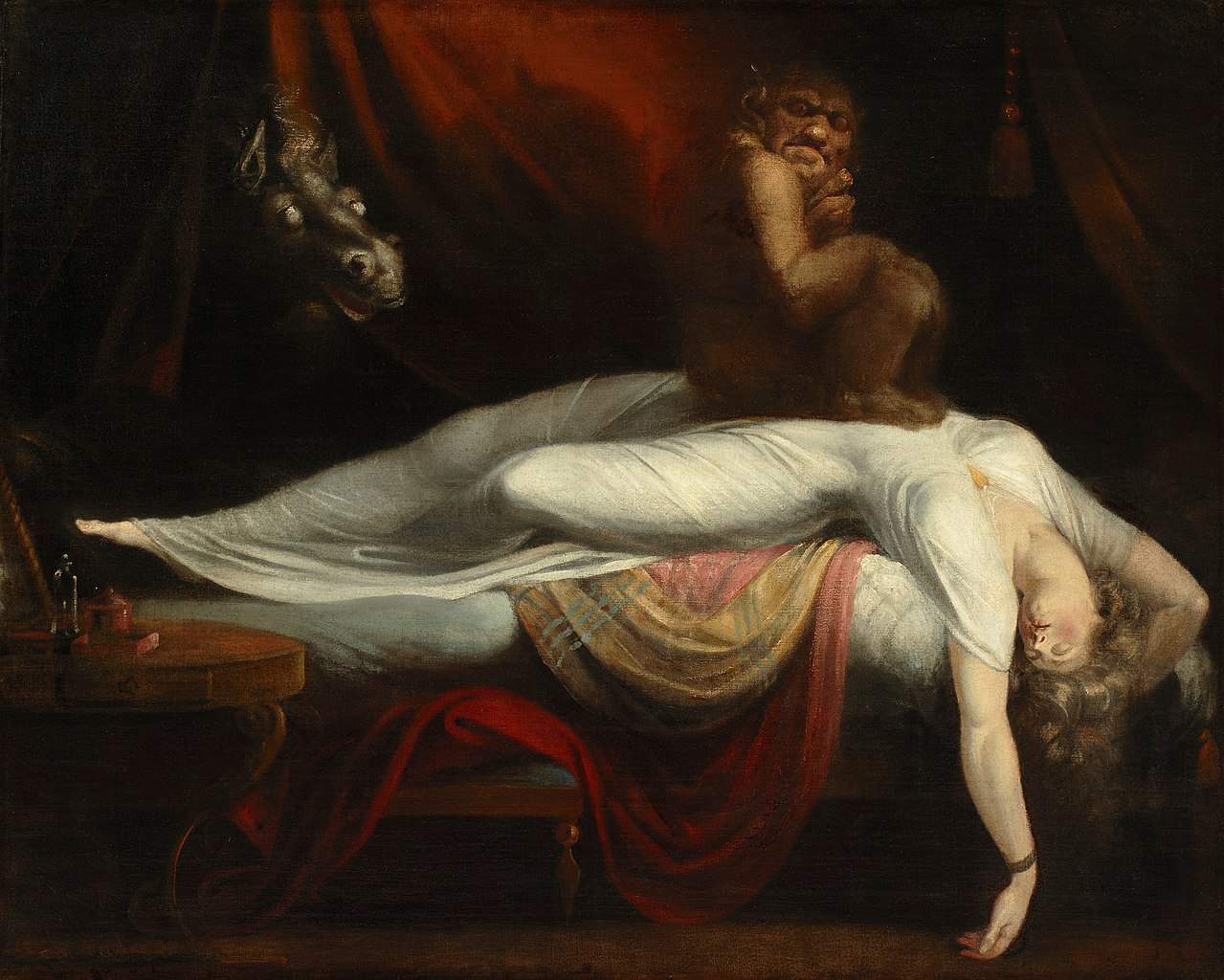
#17 – Gene mutations can cause extra muscles in the body.
Rare genetic conditions can cause the body to develop extra muscles not normally present in humans. For example, palmaris longus is a small wrist muscle that around 14% of people lack entirely. Yet other mutations lead to this vestigial muscle appearing more often, showing how DNA guides muscular development.
Muscular system fun facts: Wrap-Up
From the rippling contractions of the biceps to the tiny muscles that focus your eyes, this network of tissue provides the power for every movement and internal process. We definitely gain a greater appreciation for these living engines that keep our bodies in motion. Who knew there were so many muscular system fun facts and fascinating secrets?
Thanks for reading!
